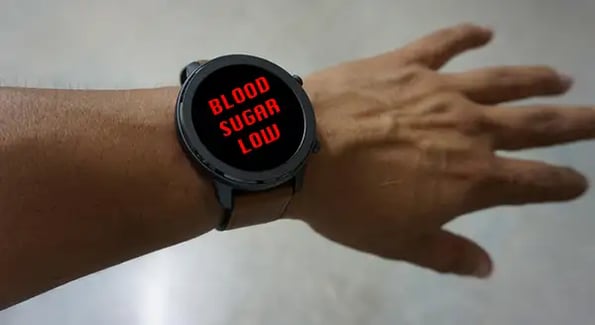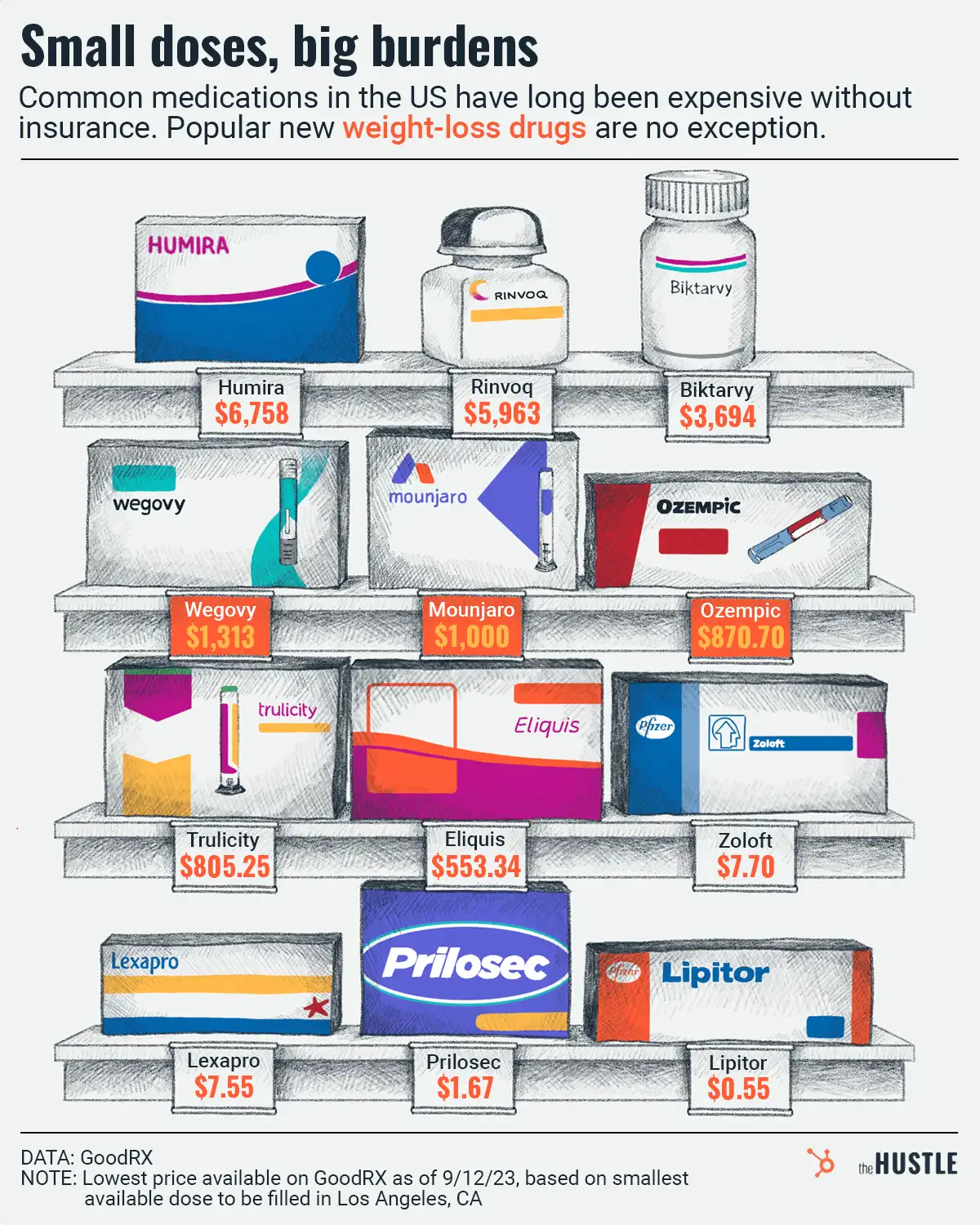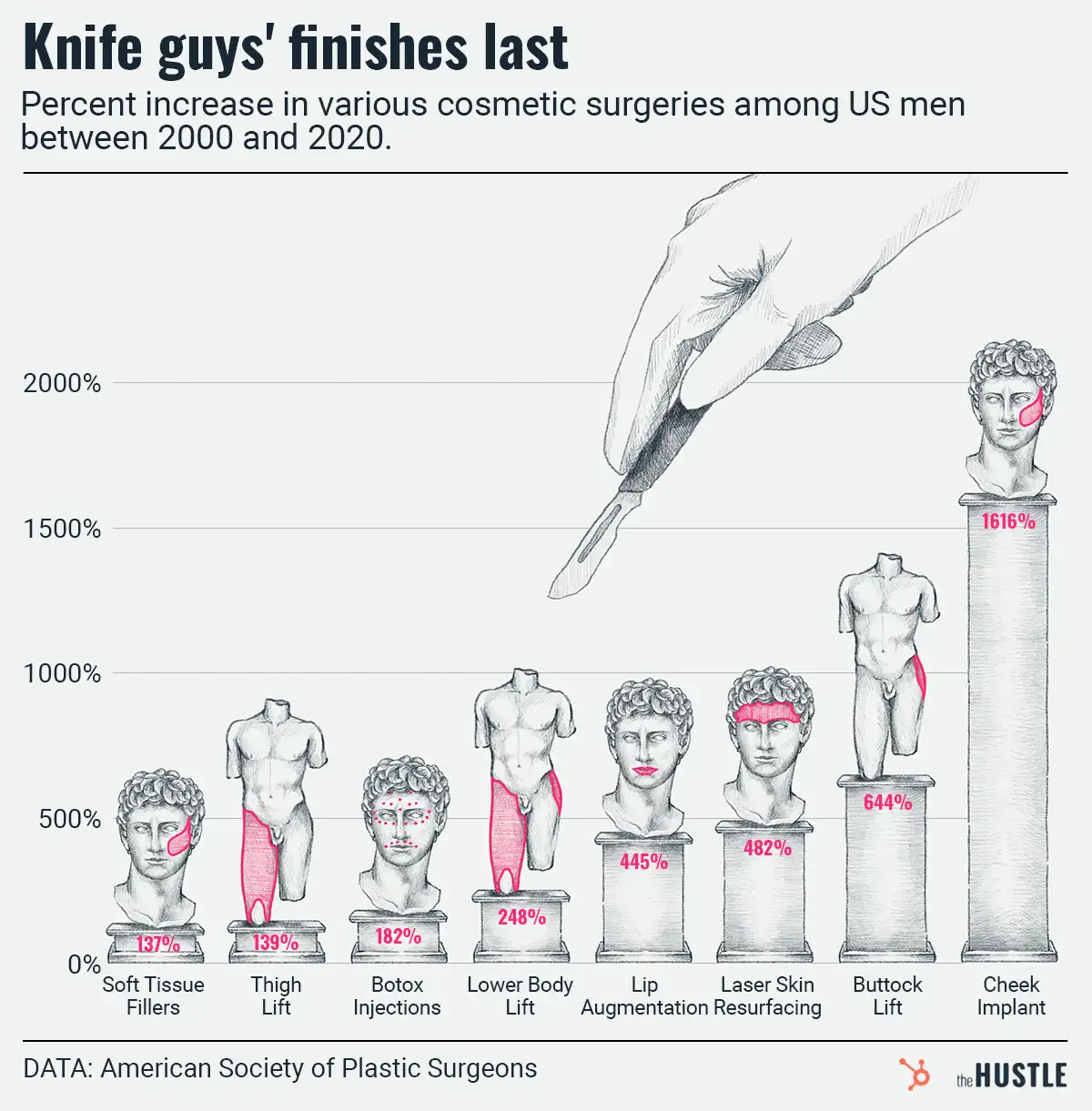When Fitbit hit the scene in 2008, it sparked a step-counting revolution.

As technology evolves, modern wearables are capturing more granular measurements and, per The Economist, could play a massive role in mainstream health care going forward.
So where do wearables fit in?
The Economist lays out 3 reasons why wearables could take modern health care to the next level:
- Early diagnosis: Some examples include the Oura ring’s ability to predict menstrual cycles, and Whoop’s ability to detect covid early using respiratory rate data. In the future, this could include a wider spectrum of psychological and physical diagnosis.
- Personalized treatment: One example is Levels, which pairs a continuous glucose monitor with a smartphone app to track how a user’s diet impacts their blood sugar, prompting many users to make dietary changes. In the future, this could expand beyond food to help people determine which prescriptions will be most effective for treating their conditions.
- Managing chronic disease: Counting steps has proven to be useful for patients with chronic heart disease, and continuous glucose monitors help monitor diabetes. In the future, wearables could also aid in treating dementia and Alzheimers.
But before wearables become part of everyday treatment, there are some kinks to iron out.
Data privacy…
… is a contentious issue in healthcare, and determining who should own what data and how it should be shared raises legitimate questions. Most wearables collect a ton of data — fueling worries that it could be abused.
The health care system isn’t exactly known for moving fast, which means it could take a while for regulators to put rules in place.
But the promise of wearables is huge. At the very least, being able to connect data from wearables to individual health records would allow doctors to monitor key markers over time, and capture quicker feedback on how treatments are working.
BTW: If you’re interested in building in the wearables space, the Trends team put together a report on some of the hottest opportunities in the sector.











